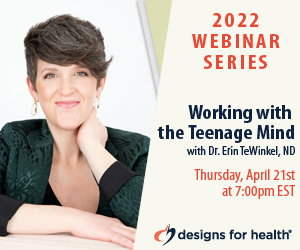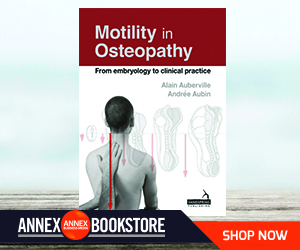| |
| |
 |
 |
| |
 |
|
@{mv_date_MMM d, yyyy}@ |
|
| |
“These findings suggest that chronic lower back pain is related to lower brain volumes of pain-related regions not only in clinical patients with severe pain but also in the general population,” according to the report by Mao Shibata, MD, PhD, and colleagues of Kyushu University, Fukuoka, Japan.
» Read more...
“No pain, no gain” is a commonly used expression when it comes to getting in shape. It may also be why many of us think that you need to feel sore after a workout to know that you’ve done enough. There are many reasons why your muscles might get sore after a workout. But, contrary to popular belief, you don’t necessarily need to feel sore in the hours or days after exercise to know you’ve had a good workout.
» Read more...
Zinc’s immune-boosting properties are well-established, but scientists haven’t known exactly how it works. In a new study published online March 25 in the journal Blood, Fred Hutchinson Cancer Research Center scientists reveal two ways the mineral supports immunity and suggest how it could be used to improve health.
» Read more...
|
| |
|
| |

First, we will review developmentally the basics of what is going on in terms of brain development, puberty, and hormones. You will learn how to approach teens, how to help them implement changes, and how to work this through within the family unit. We will go over how to properly assess and monitor anxiety and depression in terms of lab testing and important screening tools. Lastly, we will cover evidence-based treatment protocols to support teens struggling with mood disorders.
» Register here |
| |
|
| |
 Keeping the diversity of contributing factors in mind, it is safe to say that a cookie-cutter approach may not always be appropriate or effective in managing AD. The integrative approach to managing atopic dermatitis takes into consideration factors that may predispose the individual to AD, factors that may exacerbate AD flares, current treatment guidelines, as well as proven alternative therapies on a case-by-case basis.
» Read more...
Keeping the diversity of contributing factors in mind, it is safe to say that a cookie-cutter approach may not always be appropriate or effective in managing AD. The integrative approach to managing atopic dermatitis takes into consideration factors that may predispose the individual to AD, factors that may exacerbate AD flares, current treatment guidelines, as well as proven alternative therapies on a case-by-case basis.
» Read more... |
| |
|
| |

Motility, relating to the vital energy of the human tissues, is a basic concept in osteopathy. This book presents a simple and systematic definition of motility, based on the movement of all of the body’s structures during embryogenesis. The book describes a new model of practice based on motility and developed by Dr Alain Auberville.
Illustrated in two colours with clear and original line drawings and photographs. The book was first published in French by Elsevier Masson.
» Shop now |
| |
|
| |
|
|
| |
| |





